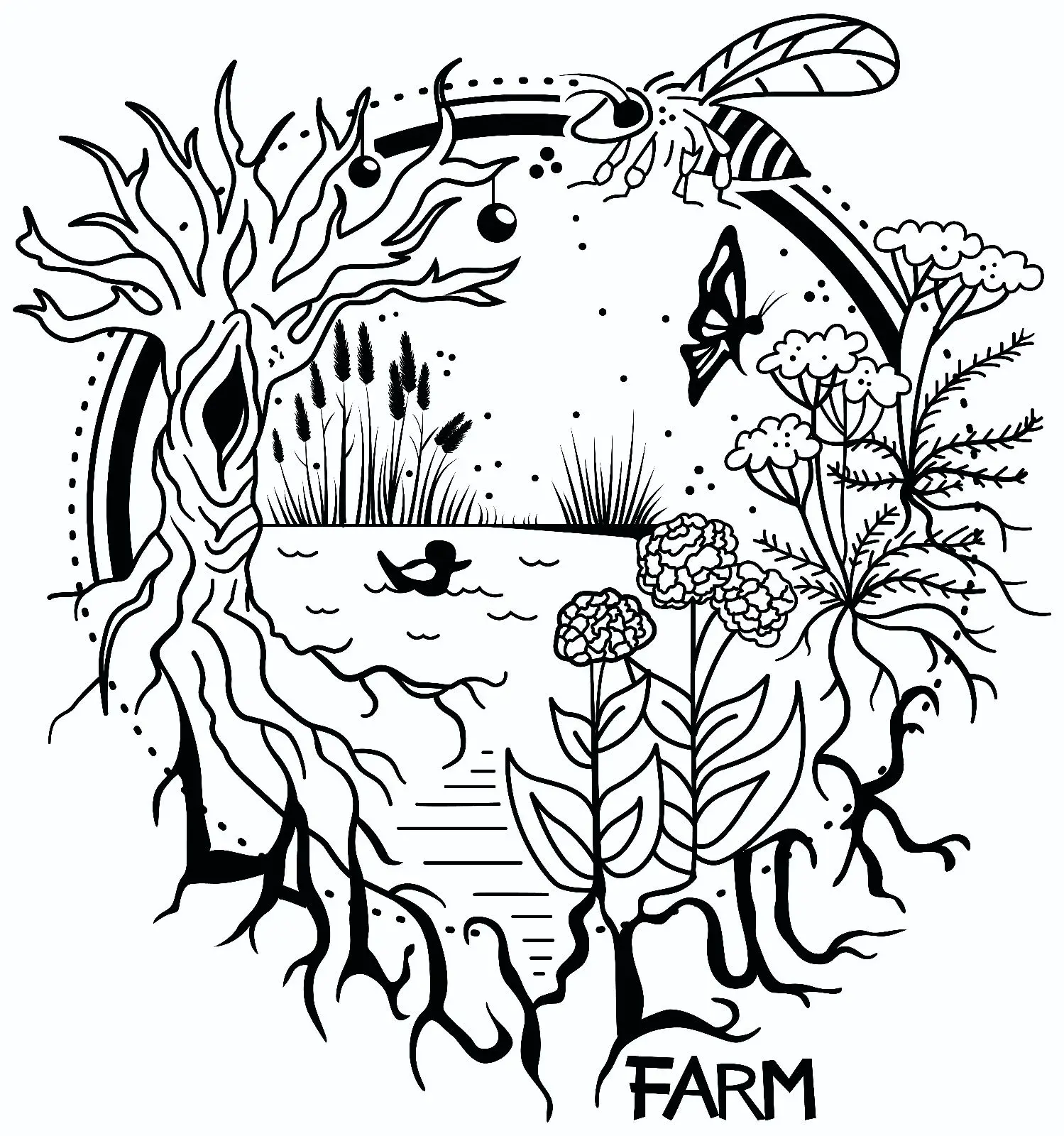Some forms of calcium are useful in flocculating heavier clay soils, but different forms have varying levels of usefulness based on the type of clay. Any other amendment suggestions would have to be based on what is present and available in your soils. If you’re US based you can get recommendations for all of this when you get your test results back from your nearest AG extension office.
I am far from an expert, but we are sort of going the slow route. Adding as much organic matter as we can, various natural-ish fertilizer, and nitrogen fixing cover crops. We even tried making some biochar to mix in. We did some smaller beds by adding good soil on top, but are slowly trying to recover the soil of a larger area. The previous owners had a field of crops in the clay, so I assume they just used a lot of fertilizer.
Yeah. TBH I have yet to see a situation in which “tons of compost, mulch, and other organic material” is not a good answer. In clay/silt, it helps to break things up so they drain better and pack less. In sand, it helps to retain moisture so it doesn’t drain too quickly. And generally it feeds and introduces those ever-important microbes, on top of the usual nutrients. Really can’t go wrong. There was even a master gardener a century or so ago whose entire care regimen was simply to add mulch to about knee-high continuously (IIRC she didn’t even water).
deleted by creator


